The importance and uniqueness of this project were reaffirmed at the presentation of the new MuseumsGuide inclusive on January 9, 2025, at the MQ, with a high-profile panel. The new edition features 160 museums across Austria with their offerings on accessibility and inclusion.
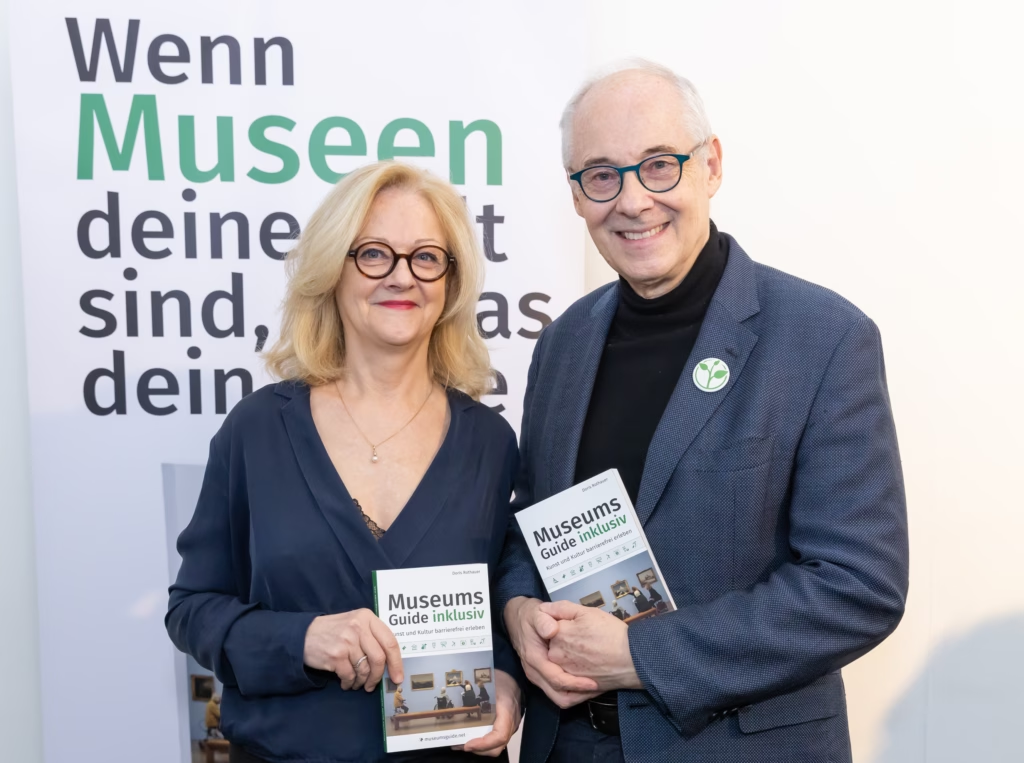
When the first edition of the Inclusive Museum Guide was published two years ago, around 130 museums accepted ICOM Austria's invitation and provided their information on accessibility and inclusive offerings. Now, in the second, expanded edition, 160 museums are already represented, and editor Doris Rothauer is justifiably proud to be making international accessibility and inclusion history with this work. A significant achievement that demonstrates how seriously the Austrian museum landscape is taking this topic, as the vision of a "museum for and with everyone" is one of the most important goals to achieve worldwide.
This – and much more – was confirmed at the presentation of the freshly printed Museums Guide inclusive at the MuseumsQuartier Vienna by Bettina Leidl, Director of the MuseumsQuartier Vienna and ICOM Vice President; Johanna Schwanberg, President of ICOM Austria; Martin Essl, founder of the Essl Foundation and Zero Project; Daniele Marano, Austrian Aid Association for the Blind and Visually Impaired; and Michael Brönner, Country Manager of Mastercard Austria. Moderated by Willy Lehmann, the event also featured best practice examples and experiences in accessibility and inclusion.
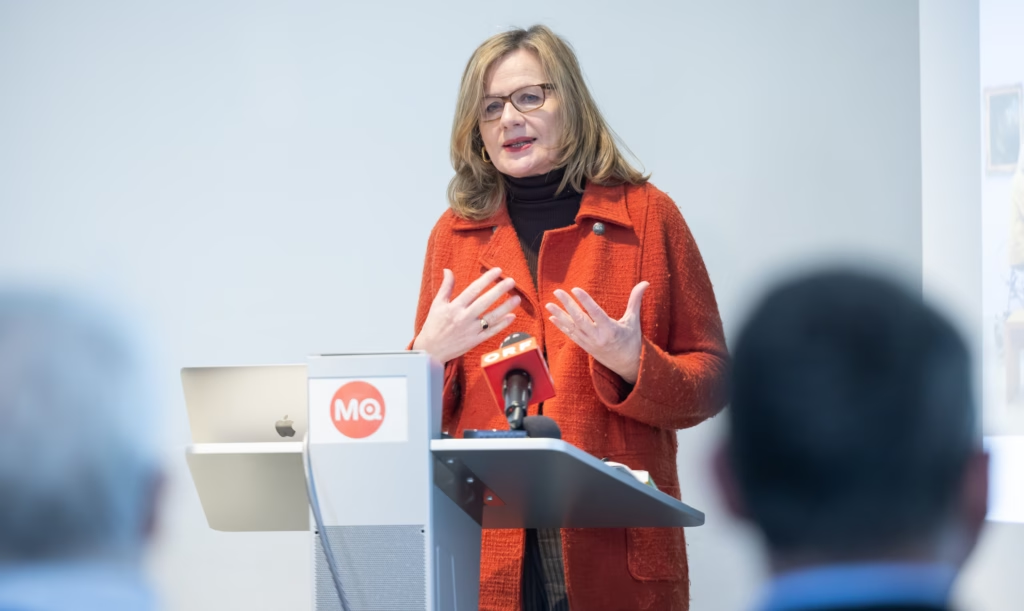
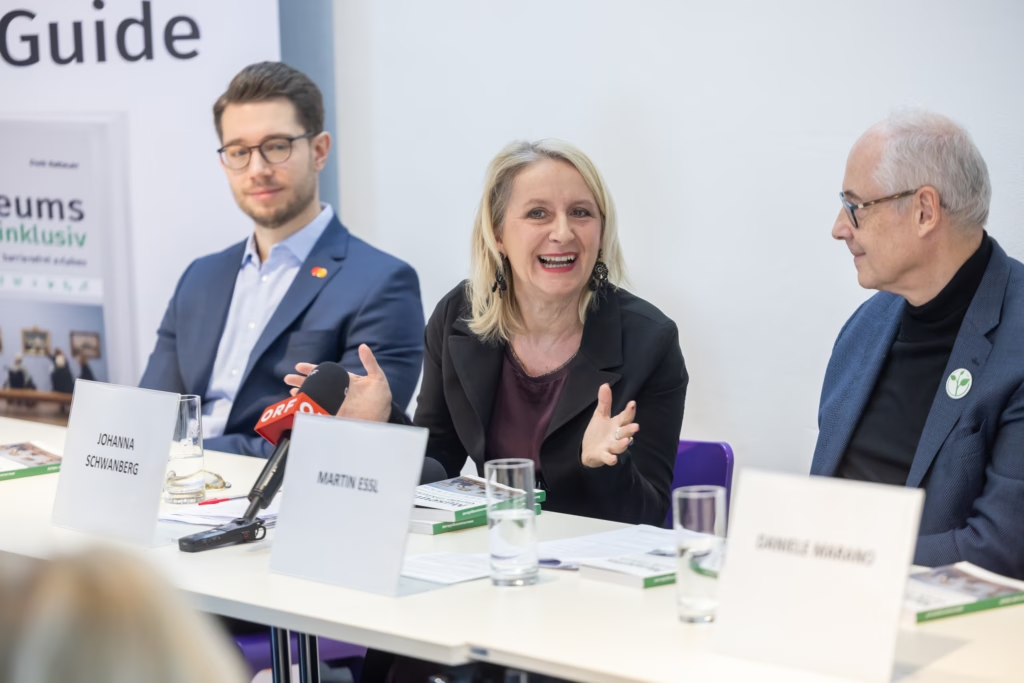
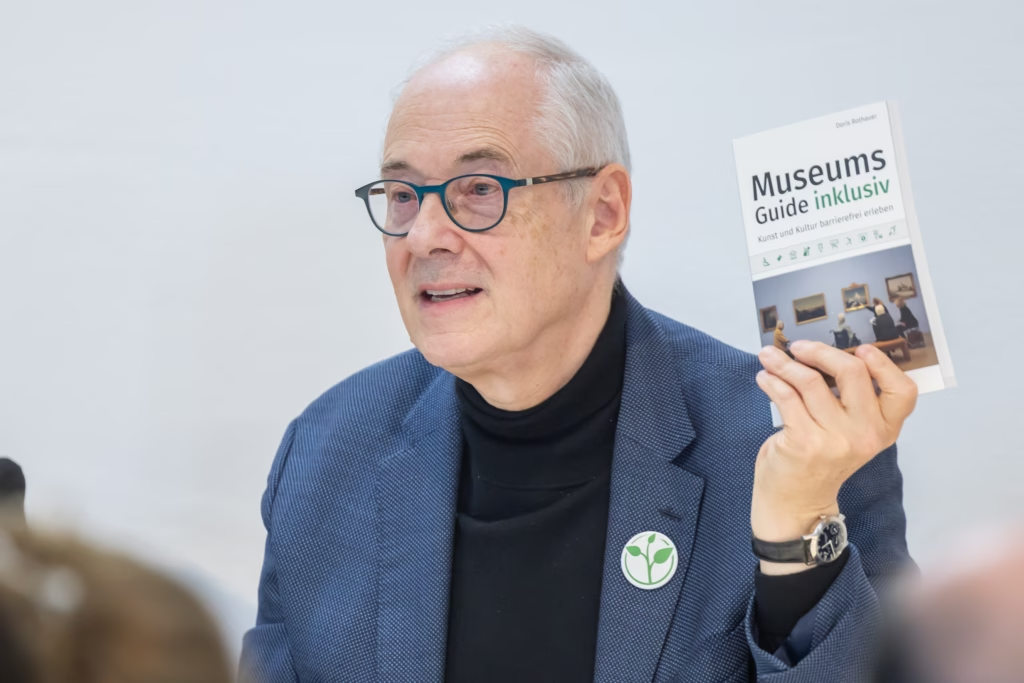
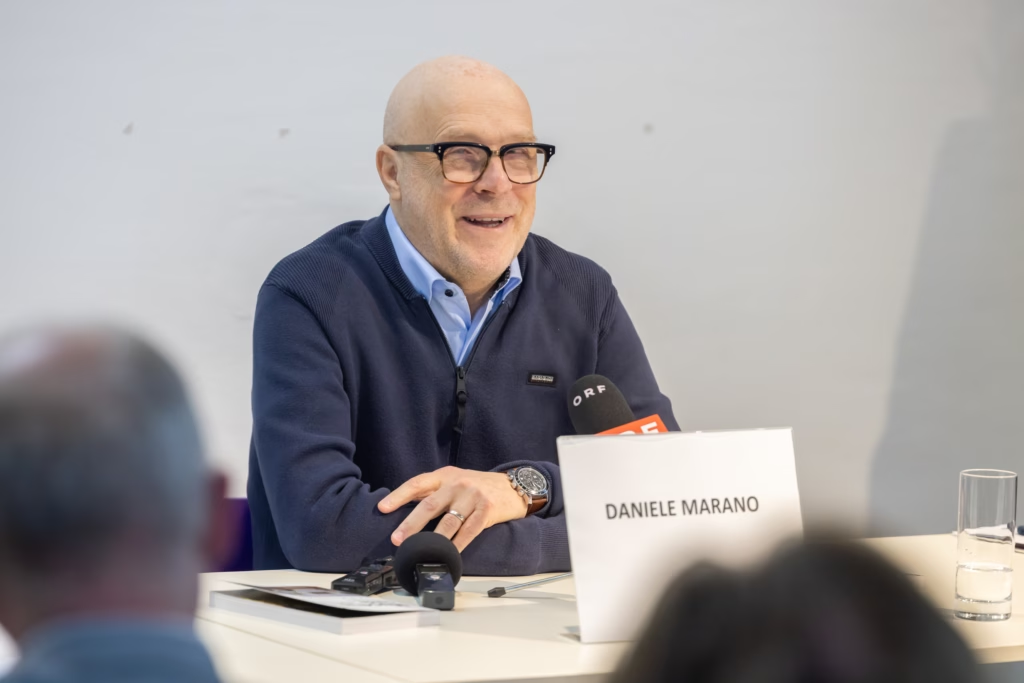
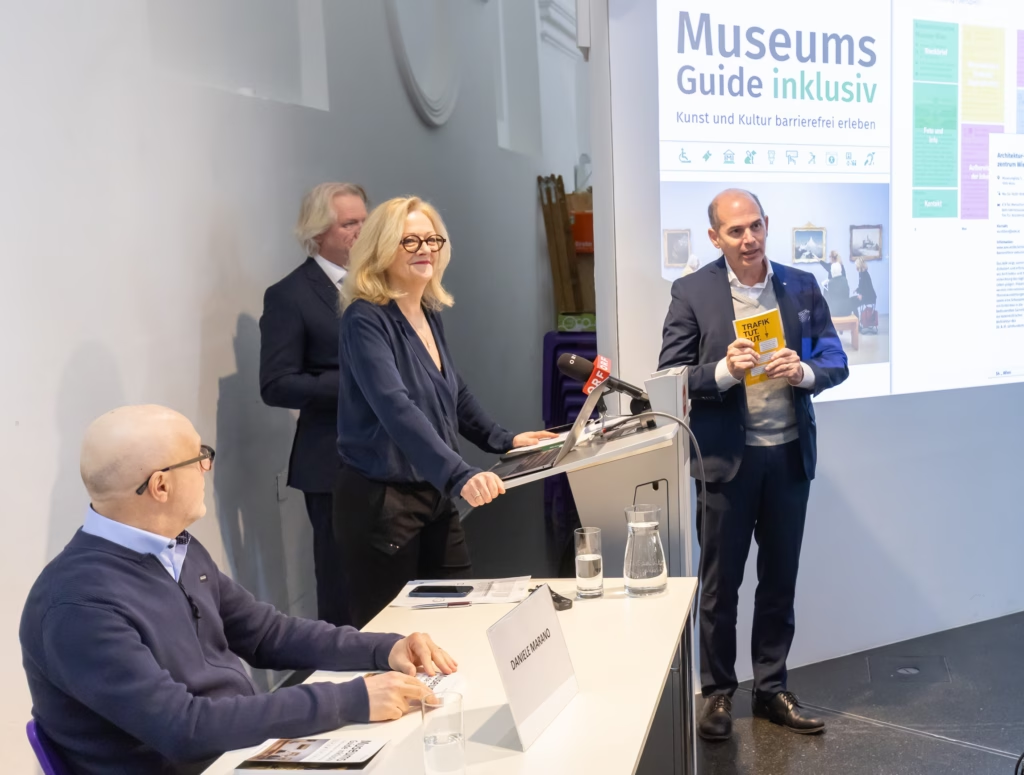
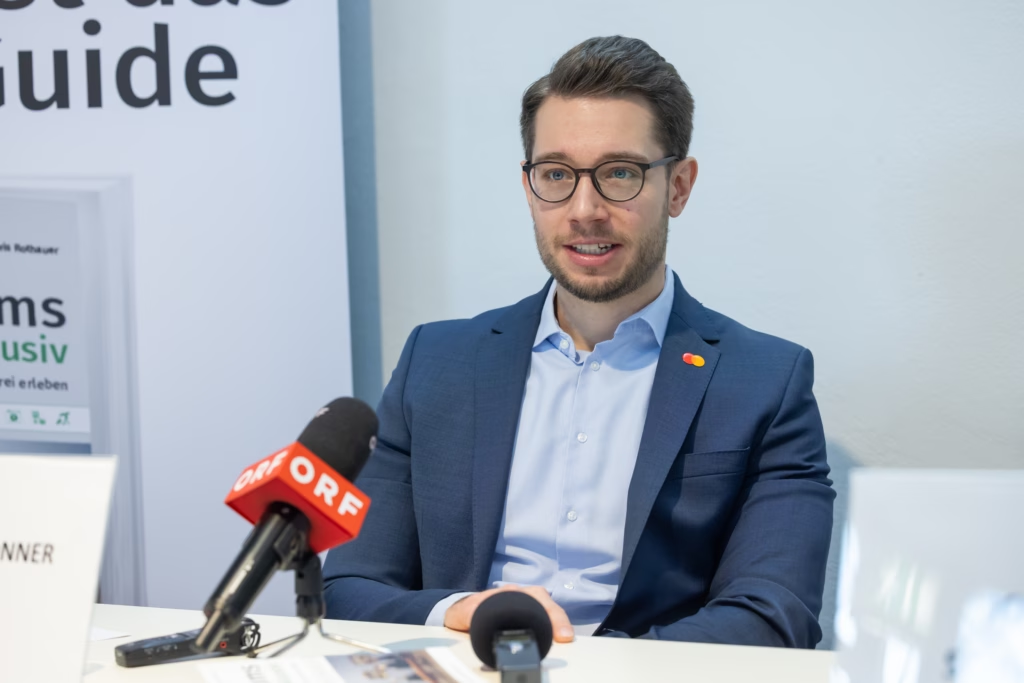
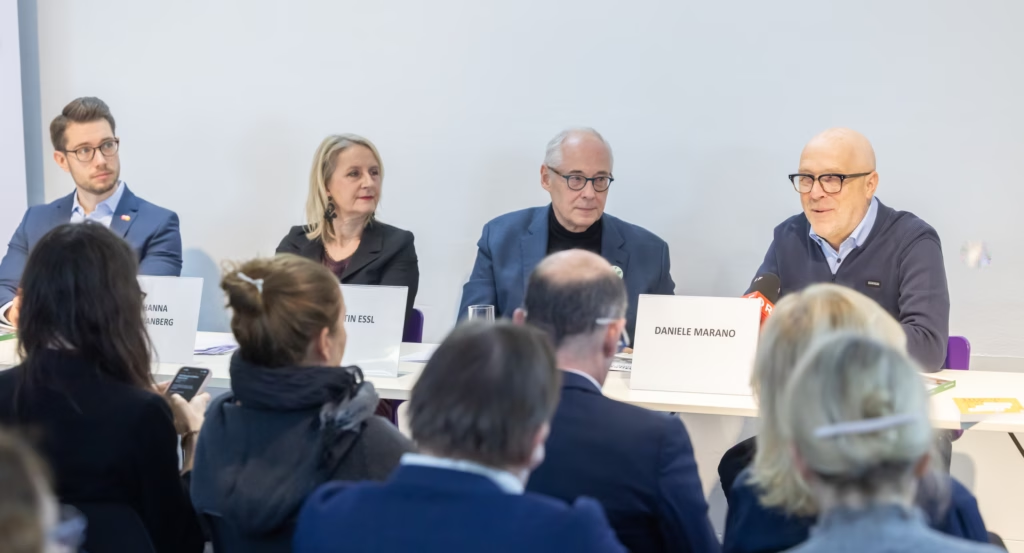

About the Museum Guide inclusive
If you were previously looking for offers on accessibility and inclusion in museums, you either had to do laborious research on the Internet or call the museum directly. Some museums have a wide range of educational programs for people with a wide variety of disabilities, while others can currently only ensure barrier-free physical accessibility for everyone. The problem is that these programs are not well known among the specific target group. This is because the information is not sufficiently conveyed via the museums' conventional communication channels. Until now, there was no uniform source of information on the specific programs offered by all museums and therefore no comprehensive overview of inclusive museums. The aim of the Inclusive Museums Guide was to close this gap and now brings together all the relevant programs – well structured and presented in an accessible manner.
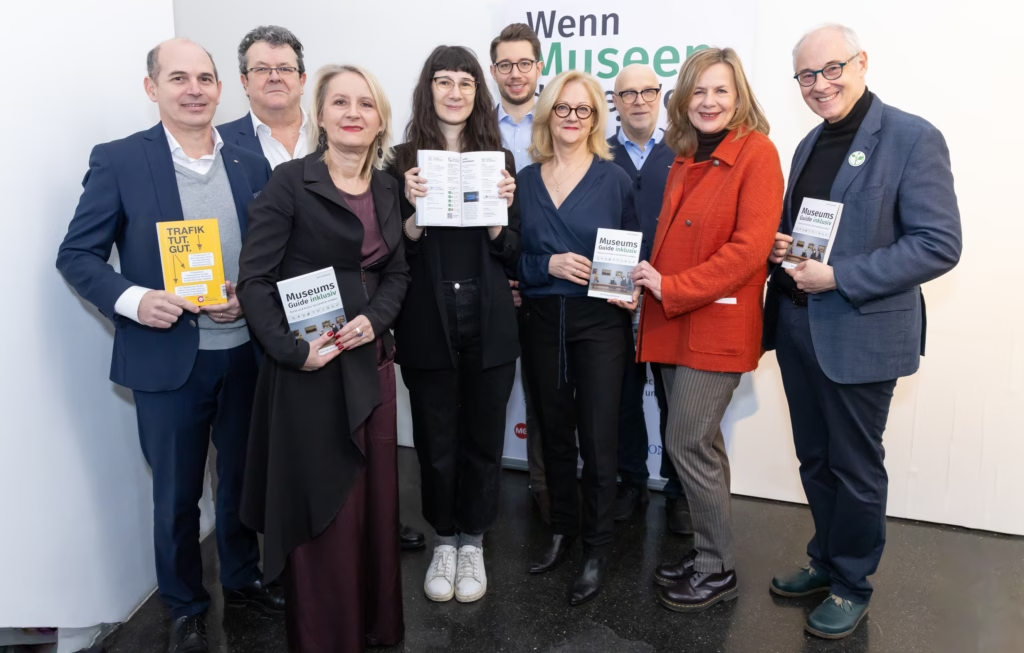
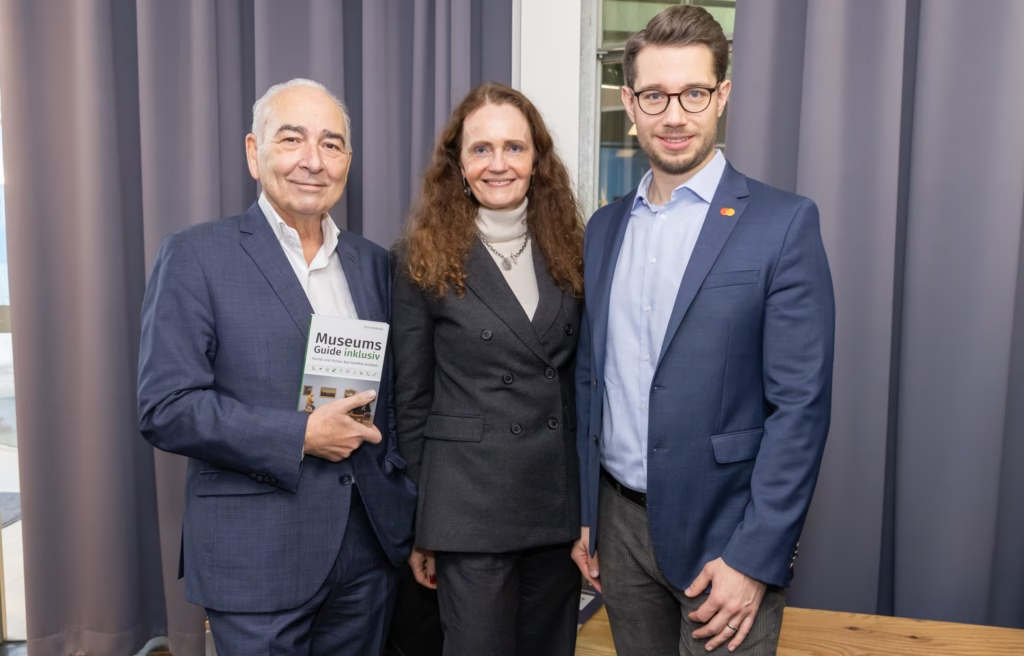
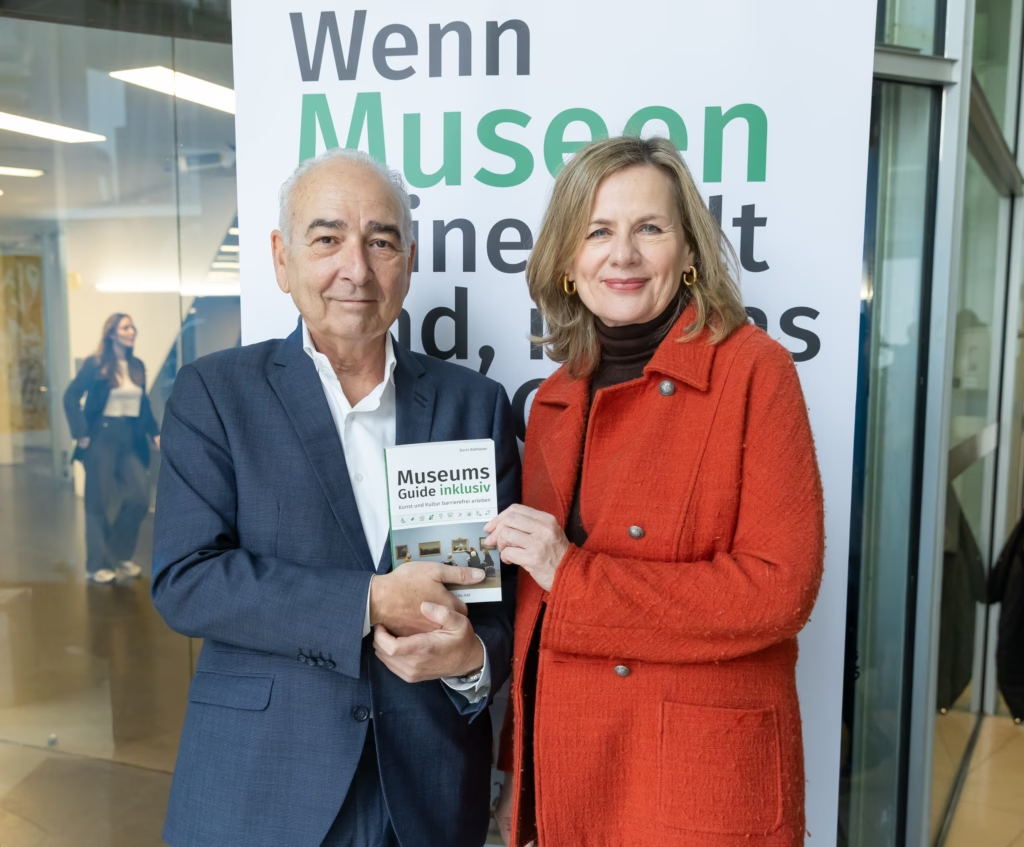
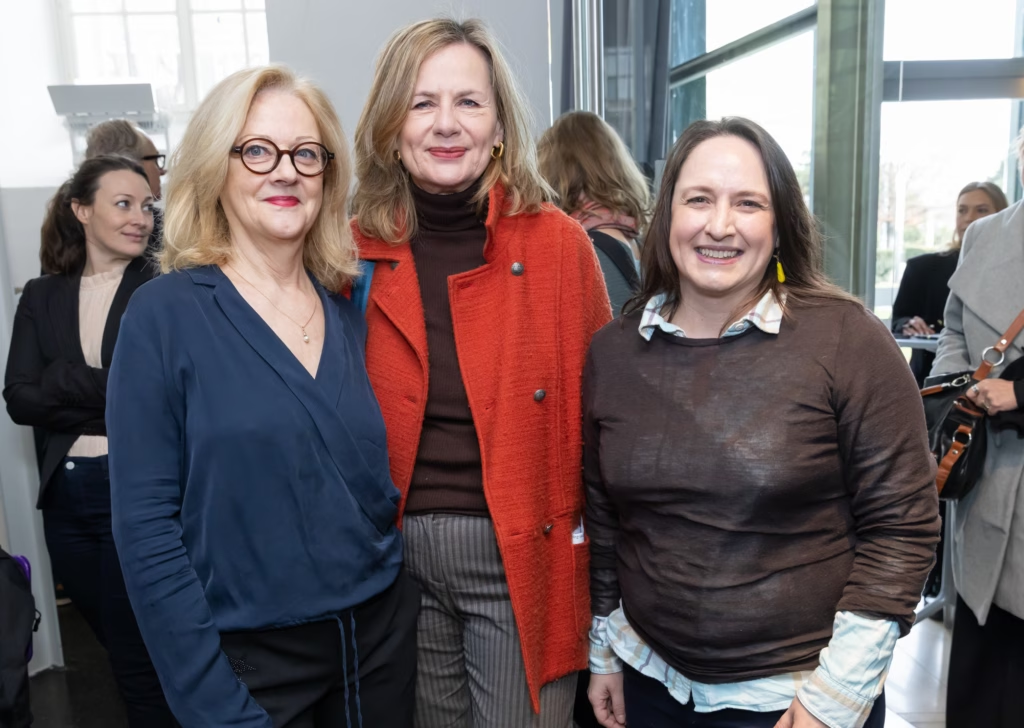
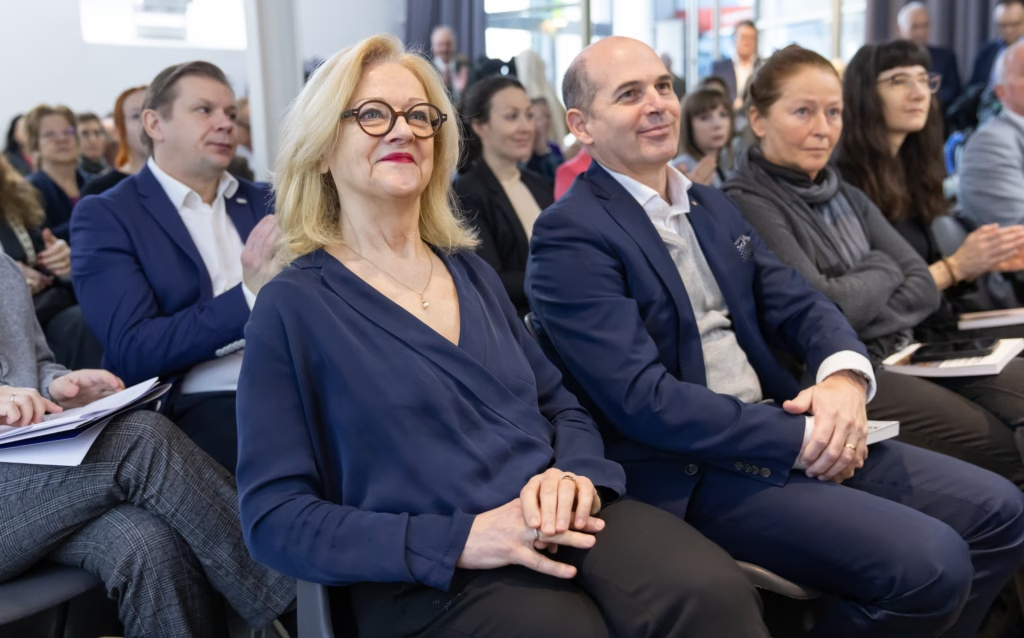
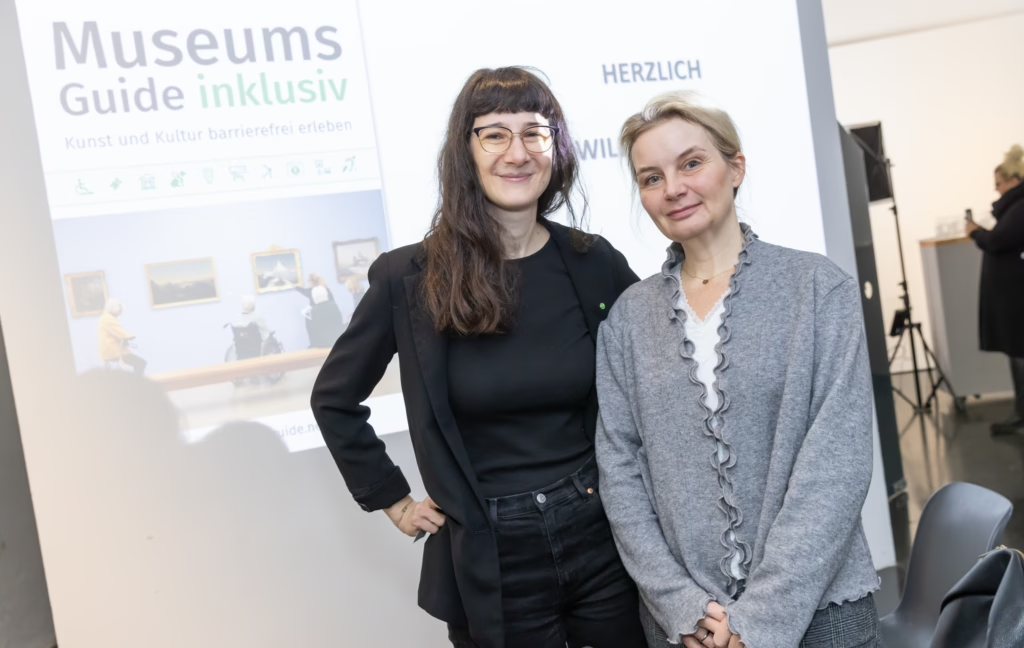
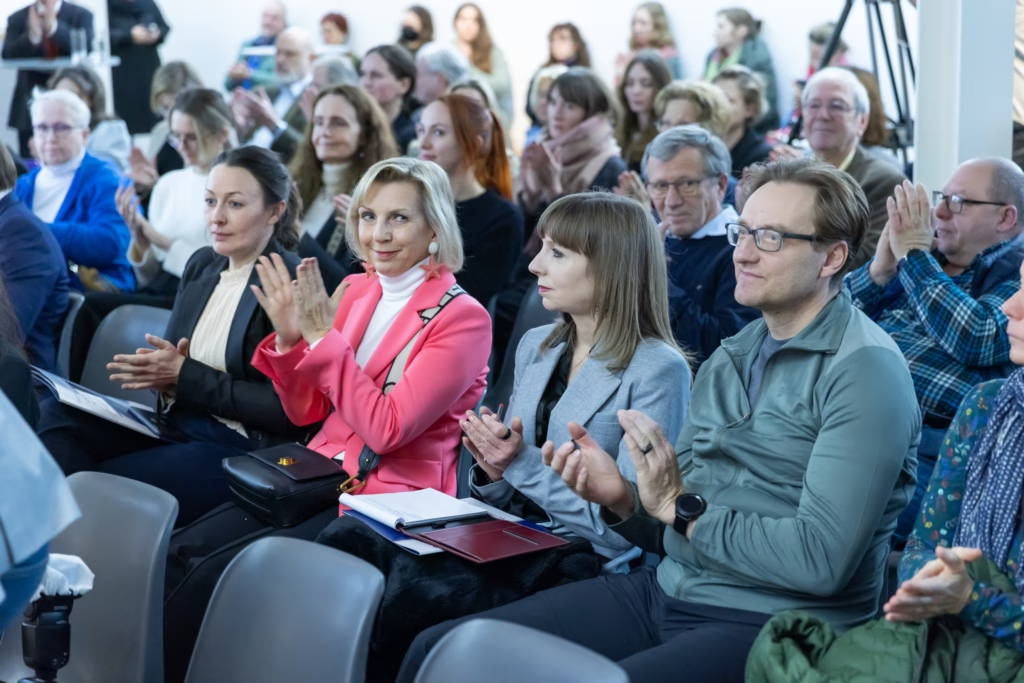
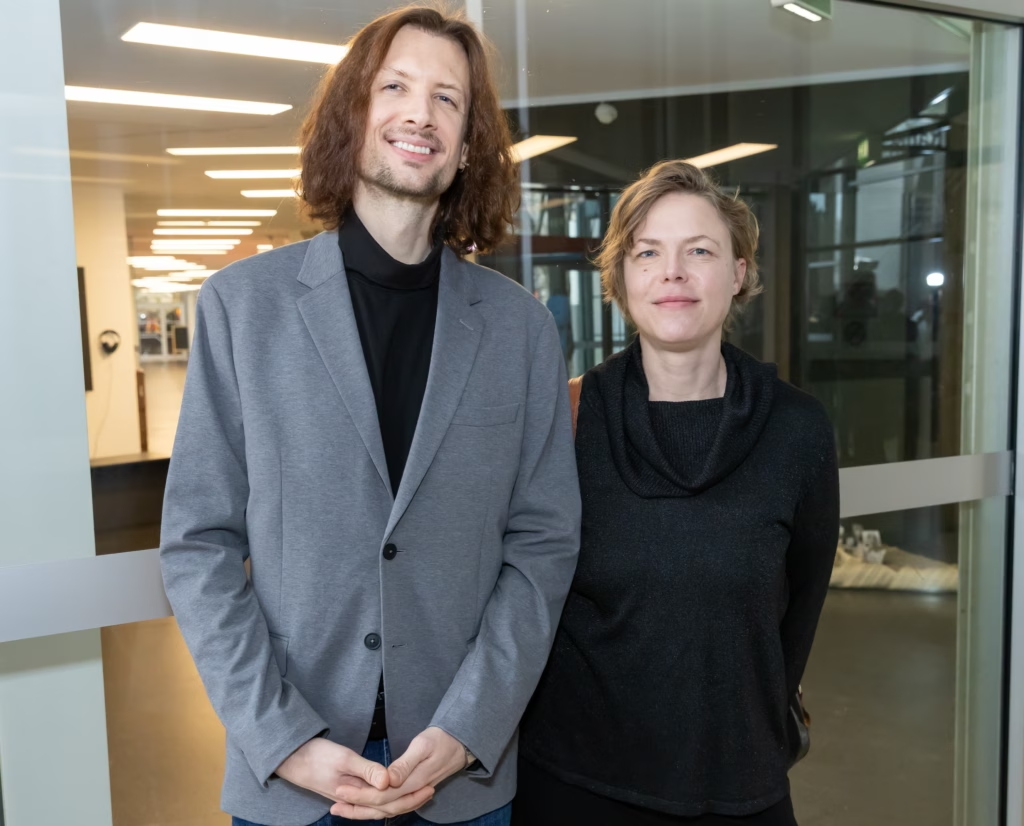
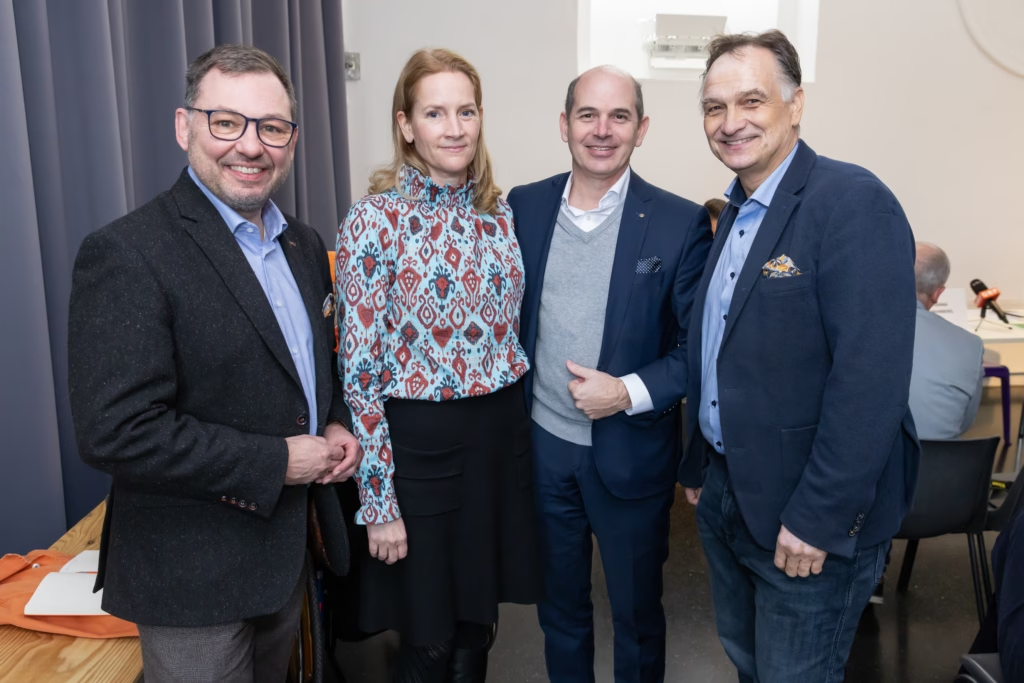
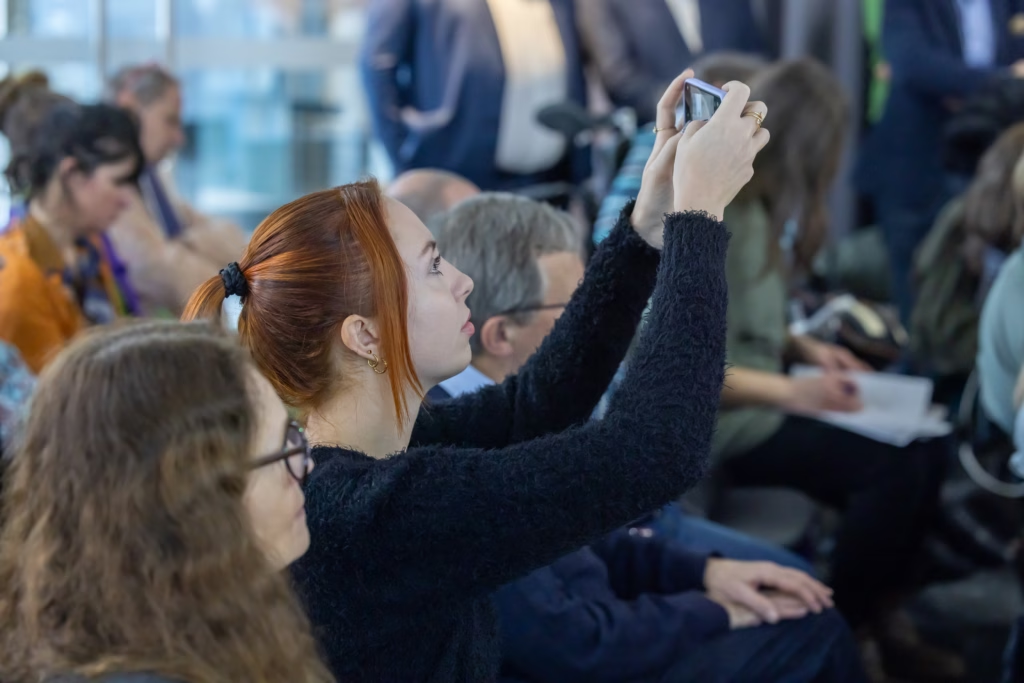
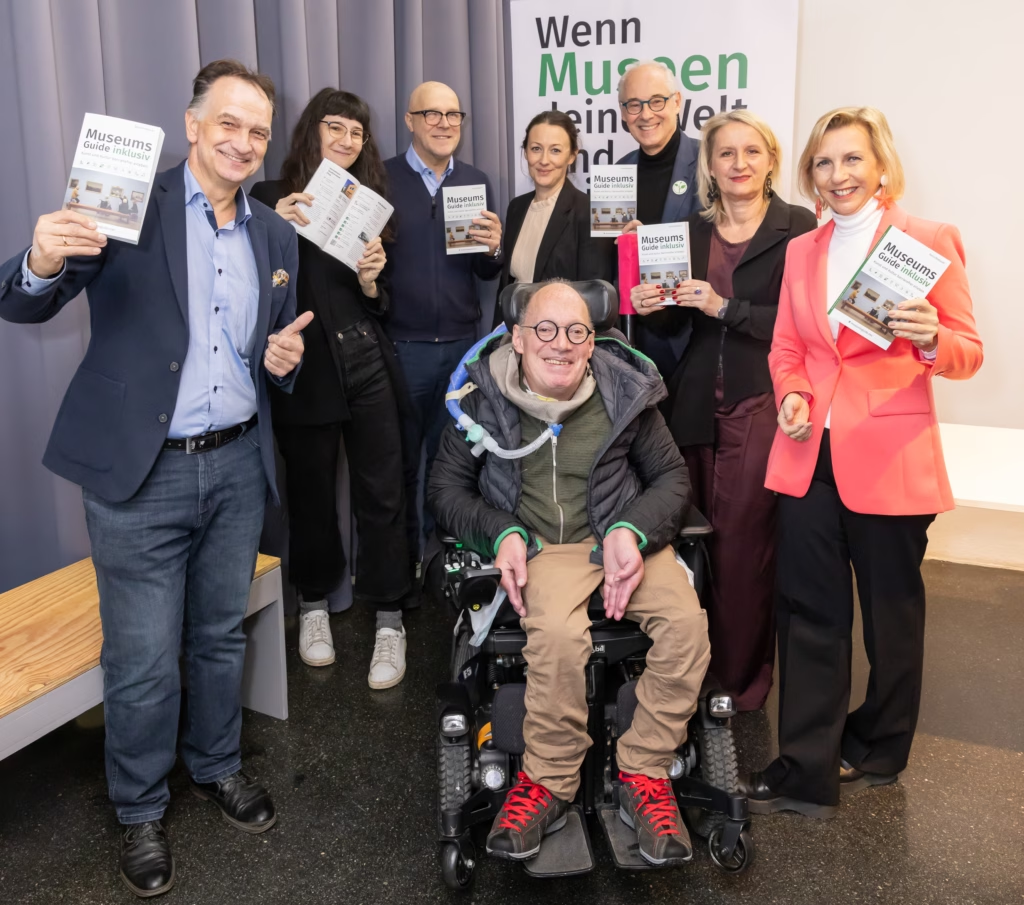
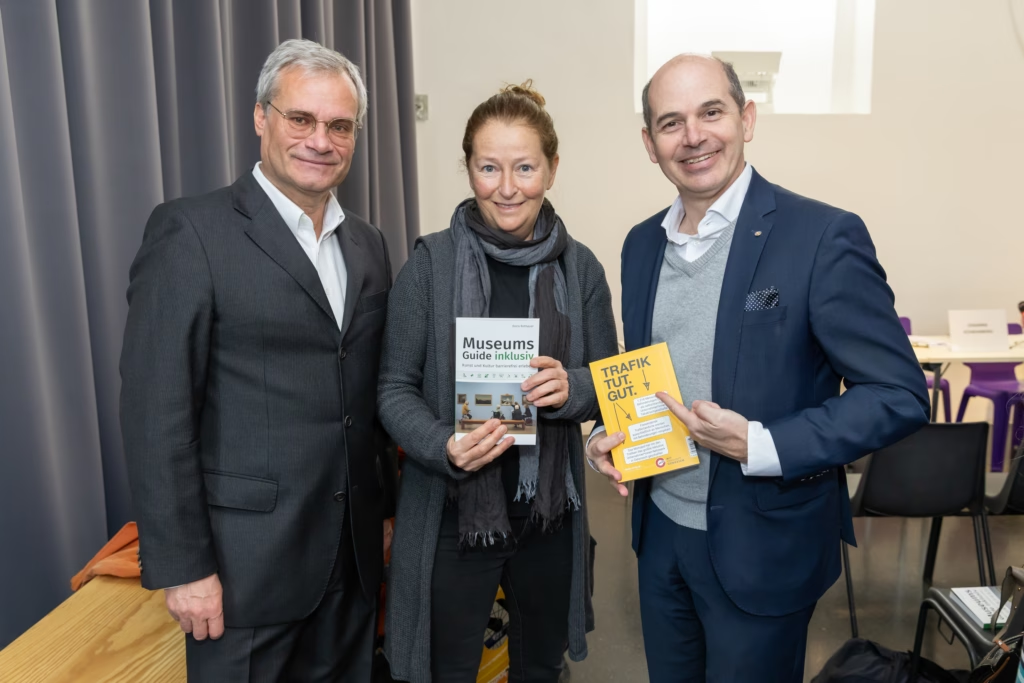
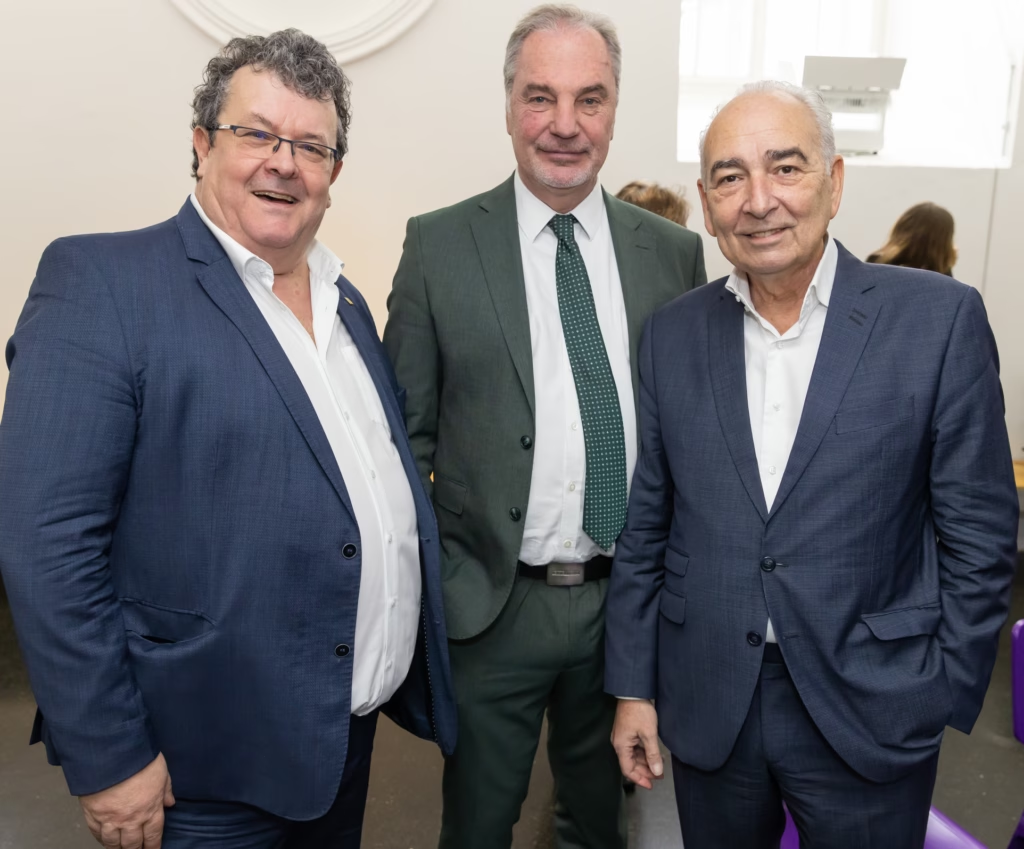
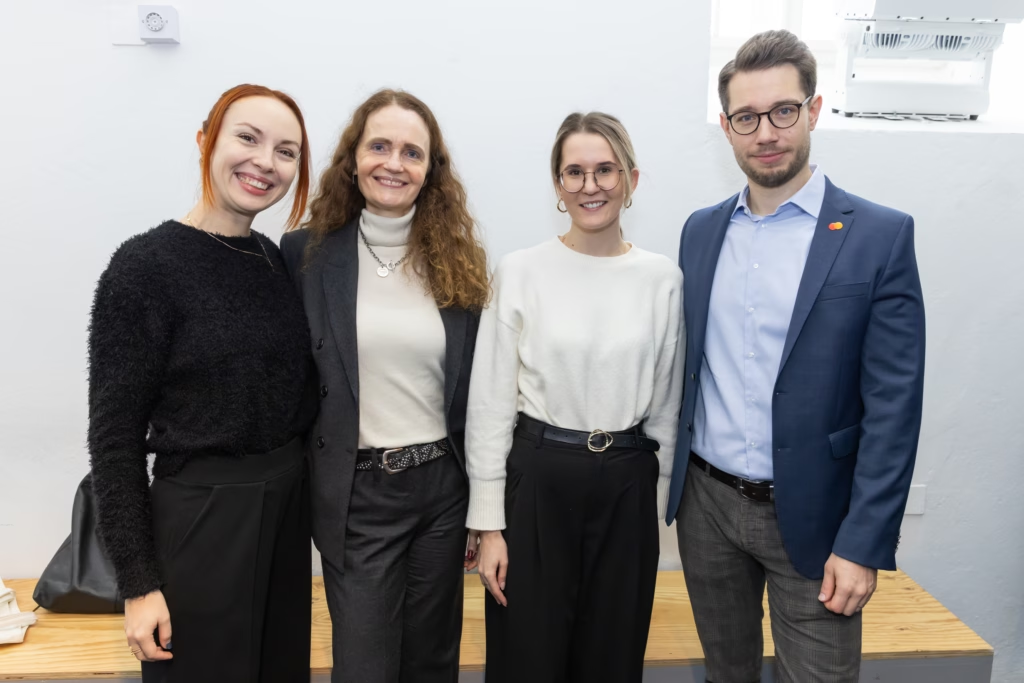
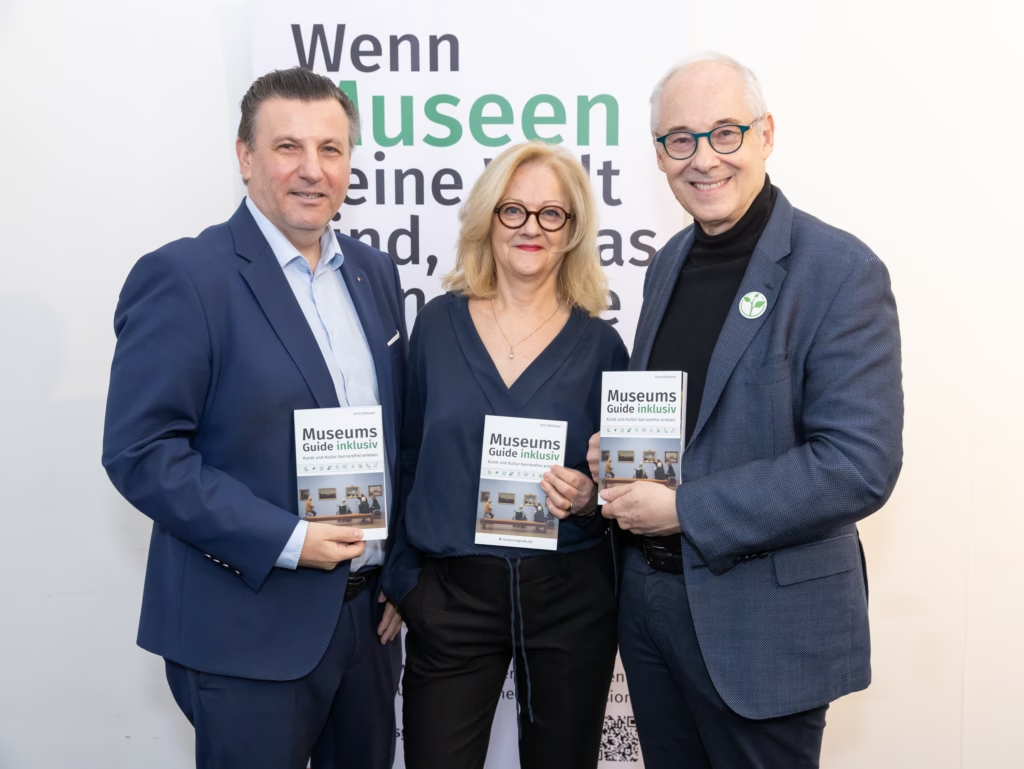
Particular emphasis was placed on not conducting rankings or evaluations in this guide. Rather, the overview provides orientation through the information jungle with information that is presented in a uniform and clear manner and divided into three categories. The information on physical accessibility ranges from the barrier-free entrance and barrier-free accessibility of all areas of the building, the availability of barrier-free restrooms, tactile orientation aids, seating in the exhibition rooms, and even the rental of wheelchairs and walkers. The barrier-free design of information and content refers to the extent to which a wide variety of impairments are taken into account in the preparation and communication of information and content. The spectrum here ranges from easy or simple language to sign language, Braille and other tactile aids to audio and multimedia guides. Special offerings, such as guided tours and workshops, are differentiated according to suitability for people with hearing, visual, speech, learning or other intellectual impairments, as well as for people with dementia.
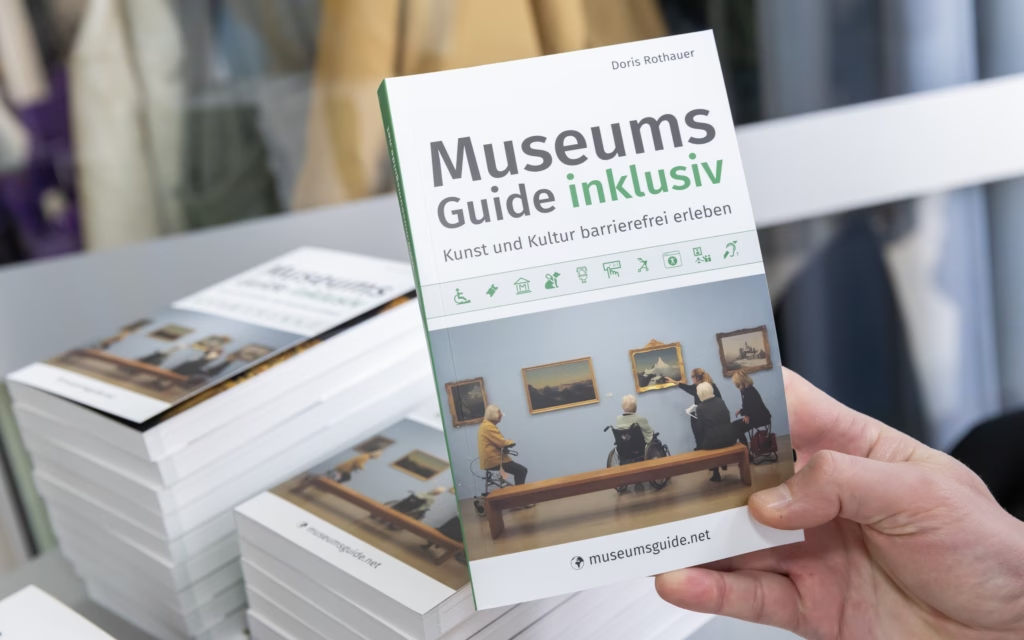
The Museum guide included about medianet Verlag and is in Webshop, available in bookstores and Austrian museums for € 14.90. www.museumsguide.net All information is also available in German and English, and is continually supplemented by editorial reports.
Photo credits: © medianet/APA Photo Service/Juhasz